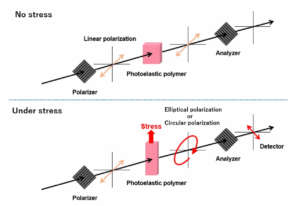Pixelated Flow facilities for tomorrow's fluid dynamics

Most incompressible wind tunnels are designed to generate flow at a range of speeds and have been optimized for mild spatiotemporal variability, large-scale unsteadiness, low background noise, and full dynamic similarity. However, current technological challenges in fluid dynamics, such as with urban air mobility, are increasingly complex with vehicles subjected to atmospheric turbulence, vehicle wakes, three-dimensional building vortices, and thermal updrafts -- all simultaneously. To enable controlled studies that reproduce the critical physics of such flows we need a fundamentally new concept, like the recently proposed distributed flow facility made of computer cooling fans. We have taken this a step further by creating a facility using computer fans on all of the flow facility walls that can generate stable flow-speeds up to 11 m/s. Custom software is used to control complex 1D, 2D, and 3D gusts that can be induced on a fixed aircraft within the tunnel.
Active Student(s): Carson, Manish
Turbulence enhances insects' life?

Developing a Photoelastic Sensor to Measure Turbulent Shear Stresses
Archived Projects
Informing climate modelling and predictions

Making energy-efficient vehicles quieter

Space-time structure of turbulent inflow to a rotor

Microphone sensitivity to wall shear stress

Quantitative Visualization of Atmospheric Flows
A novel sensor for large scale turbulent pressure



